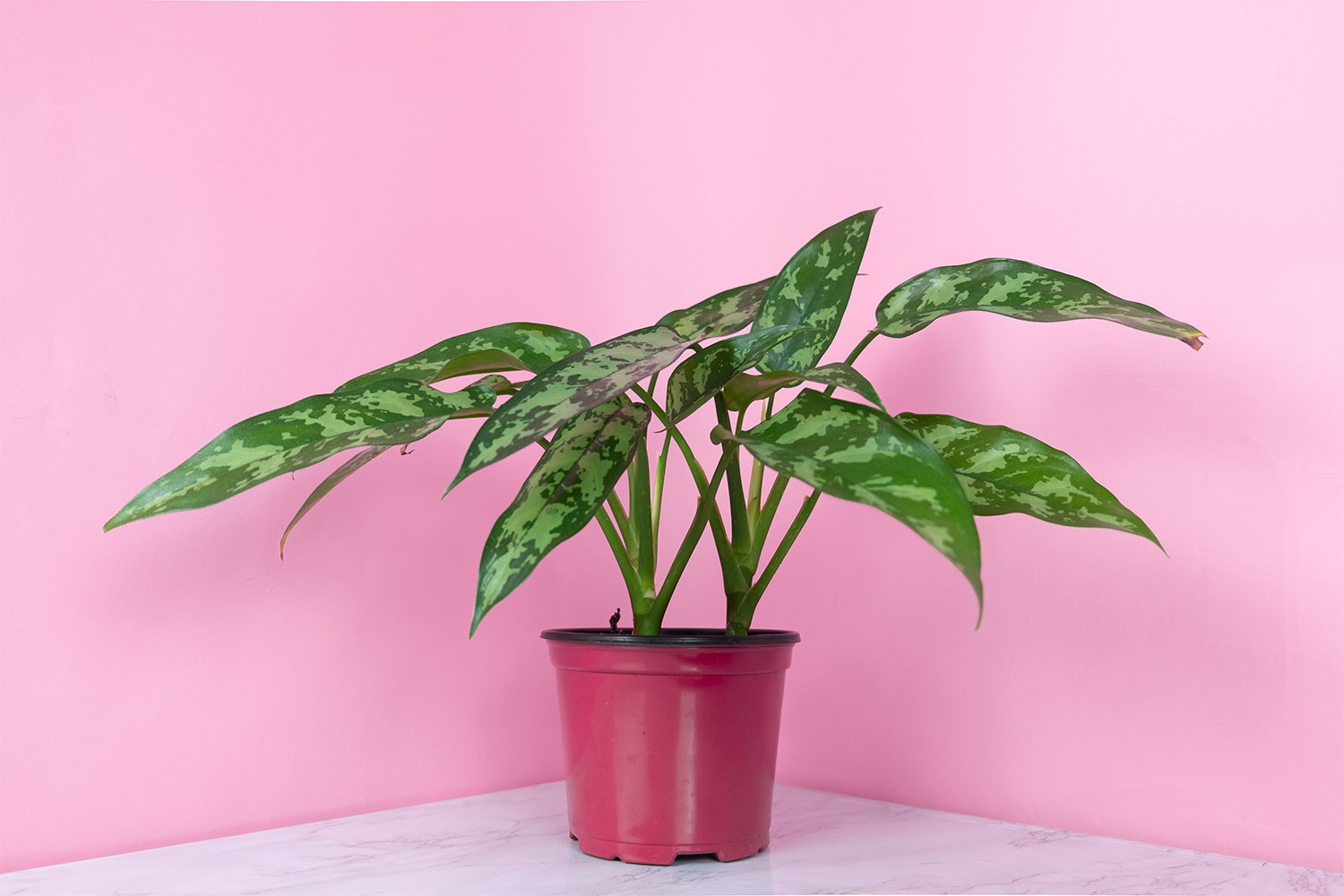A scratchy throat, stuffy nose, and watery eyes are all the unfortunate symptoms for many when the seasons change. Seeds, dust, and pollen swirl around, undetected and agitating. Many over-the-counter remedies are prescribed and taken, but there are alternate ways to deal with allergies. That’s right! You don’t have to get a prescription to stop the sniffles. Though plants may be the cause of some of your woes, they can also play a part in the solution. Cleaning and humidifying the air, certain plants prove massively helpful in keeping you healthy. There are also plant types to avoid. Take a look at the best plants for allergies.
Where do seasonal allergies come from?
In short, your body can experience an allergic reaction to any substance. When it comes to your typical seasonal reactions, your immune system is simply being triggered by a foreign substance. The wind can blow pollen and pet dander or even bee venom into your mouth, nose, eyes, and ears, prompting uncomfortable side effects. Heavy congestion can evolve into other issues, such as sinus infections and other miseries.

These side effects mean that your body perceives one of these substances as a threat and is trying to use cells called antibodies to rid them from your system. More often than not, these invaders are not life threatening or anything of that sort. However, the inconvenience can take days or even weeks to dissipate.
Are there plants that can reduce my allergy symptoms?
There are, in fact, hypoallergenic plants that can be kept indoors to help minimize the allergens getting blown inside. You may look at house plants as a proactive step in minimizing the seasonal allergen attack. Swedish ivy is a full, leafy variety of plant that can be hung or potted and boasts minimal pollen. A bamboo palm will take you to warmer climates while cleaning your air. It clears out chloroform and carbon monoxide among other harmful pathogens in the air. Gerber daisies are pretty and productive, as they can control benzene, a harmful product of artificial plastics.
The Chinese Evergreen is a simple air purifier, and peace lilies do much of the same. Lastly, Marginata is a grass-like plant that can purify and help control the humidity levels in your home. If you are more of a floral fan, crocus, daffodil, and geraniums are known to be safe, non-abrasive choices. Most of these plants are fairly easy to take care of and beautify a home as much as they protect it.
What are the best tips for basic plant care?
The most basic foundation of plant care can be boiled down to three essential keys. Water, sunlight, and soil. Interestingly, it is possible to give a houseplant too much sun or water. Of course, you can provide too little, as well. Make sure that you give your plants the space they need. The previously mentioned Gerber Daisy needs to be spaced well, as crowding can hinder their growth. Plants like the Chinese Evergreen grow best in low light, while the Janet Craig, a taller tree-like plant, may need to be pruned on occasion.

You don’t need to know it all at once. Start with the basic care of a single plant and work your way forward from there.
Remember that when allergy season starts up, you don’t have to suffer through boxes of tissues and medication. Natural remedies are available, namely through some helpful houseplants. Many kinds of greens and flowers may prove helpful to the quality of air inside your house. But, not all. Though some indoor plants are popular, they can end up exaggerating your allergies. Beware of the bonsai and chrysanthemum; two popular varieties that can initiate a regrettable reaction.
Choose indoor plants wisely
Make sure before you choose a plant to keep, you confirm it has hypoallergenic properties. Understand that allergies are simply your body fighting an unfamiliar invader. Tiny little bits of this and that floating unseen in the air. Once you choose some plants to keep, take good care of them, catering to their necessary balance of water and sunlight. Let the seasons change without impacting your health, and use plant life to detoxify the air in your home.


